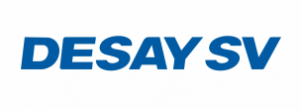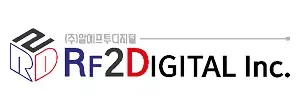An article available in the IEEE Xplore digital library – a resource of scientific and technical publications, authors Oleg Varlamov (Moscow Technical University of Communications and Informatics, Moscow, Russia); Vladimir Varlamov and Anna Dolgopyatova, advise the use of single-frequency digital broadcasting networks of the Digital Radio Mondiale standard in the low frequency range as the most economical system for covering remote areas such as the arctic.
The full article is available to read here (subscription required)
An abstract of the article can be found below: (Sign in at the IEEE Xplore digital Library to read full article)
Abstract:
Successful economic development of the Arctic zone is impossible without creating a continuous information field that covers its entire territory and is available not only at stationary objects, but primarily in moving vehicles – ships, cars, airplanes, etc. This information field must consist from transmission of audio information (broadcasting programs), data (weather maps, ice conditions, etc.), navigation signals, alerts and information about emergencies, and must be reserved from different sources. As a backup system (and in the coming years, the main one) it is advisable to use single-frequency digital broadcasting networks of the Digital Radio Mondiale standard in the low frequency range. This is the most economical system for covering remote areas. For the use of these systems, have all the necessary regulatory framework and standard high-efficiency radio transmitters. The possibility of using standard antenna systems is shown. An example of frequency-territorial planning and a program of preliminary field tests in the experimental zone were developed. It is shown that the entire Arctic region of the Russian Federation, including the Northern Sea Route, can be coverage by a total of 6 transmitters with three frequencies, a total power consumption of 450 kW and annual electricity costs of less than 250,000 US$.
















